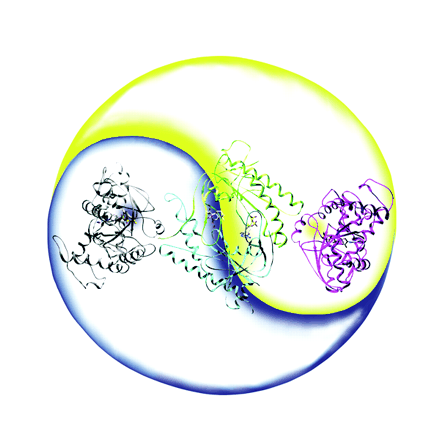Isoforms of Mammalian Adenylyl Cyclase: Multiplicities of Signaling
- 1The Department of Pharmacology University of Michigan Medical School Ann Arbor, Mi 48109-0632
- 2The Department of Pharmacology and the Alliance for Cellular Signaling University of Texas Southwestern Medical Center Dallas TX 75390-9041
- RKS or RT. E-mail sunahara{at}umich.edu; fax 734-763-4450. E-mail ron.taussig{at}utsouthwestern.edu.
Abstract
Mechanistic descriptions of cAMP production have evolved significantly since the 1960s when Sutherland and Rall hypothesized the existence of a single polypeptide that would both recognize hormone and synthesize cAMP. We now appreciate that the hormone-activated synthesis of cAMP involves multiple polypeptides, including a membrane-bound receptor; a heterotrimeric, guanine nucleotide–binding protein (G protein); and a membrane-bound adenylyl cyclase (AC). Biochemical and structural biological studies have provided a firm understanding for the regulation of AC by G proteins and elucidated the catalytic mechanism. In addition, a number of small molecules have been developed that modulate AC activity, introducing AC as a potential therapeutic target. Many paradigms of multi-modal regulation of AC have been investigated from a physiological perspective. This review addresses the complexity of the direct modulators of AC and summarizes the current biological models of their function.

With nine different isoforms of membrane-associated adenylyl cyclases (ACs) and one isoform of soluble AC, there is much to
learn and even more to understand regarding the expression of tissue-specific AC isoforms. However, on the protein level,
there are many proteins and small molecules that affect the catalytic activity of ACs. Knowing how to tailor AC activity,
or how to exploit the activity of one isoform over another in a given tissue, may give rise to therapeutic agents that can
inhibit AC-dependent disease states or, at least, lessen their severity.
- © American Society for Pharmacology and Experimental Theraputics 2002



